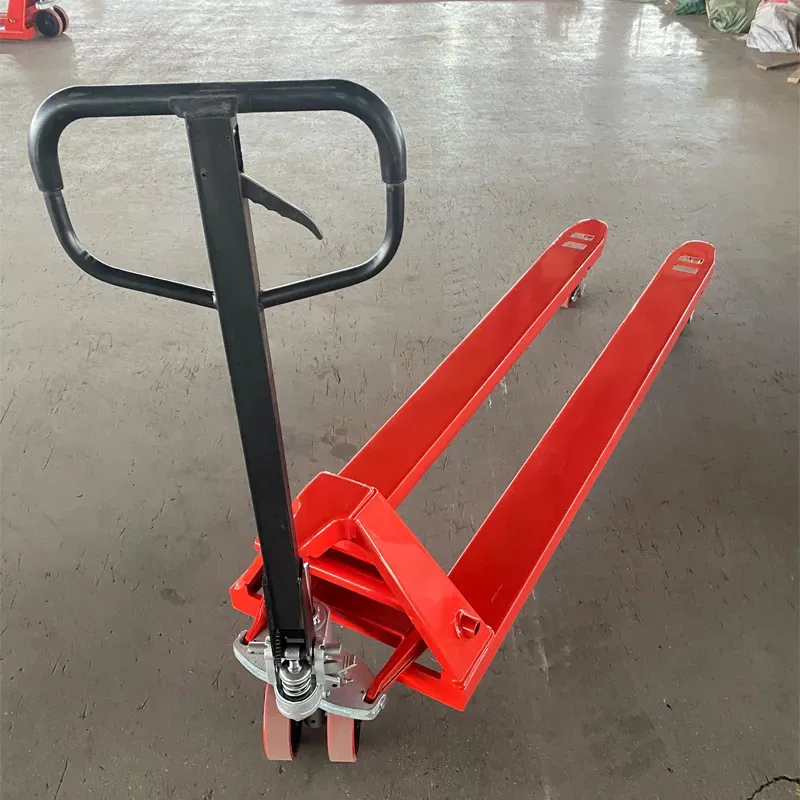


The Importance of Anti-Fall Arresters in Workplace Safety
In various industries, safety is a paramount concern, especially when it comes to working at heights. One of the most critical components in ensuring the safety of workers in such environments is the anti-fall arrest system. These systems are specifically designed to prevent falls, protect workers, and reduce the risks associated with height-related tasks.
What are Anti-Fall Arresters?
Anti-fall arresters are safety devices that provide protection to workers who are exposed to the risk of falling from heights. They work by arresting (or stopping) a fall when a worker slips or loses balance. These devices are integrated into personal protective equipment (PPE) such as harnesses and lanyards, and they are often used in industries like construction, maintenance, and manufacturing, where working on scaffolds, roofs, or elevated platforms is commonplace.
How Anti-Fall Arresters Work
Anti-fall arrest systems typically consist of three main components the anchor point, the connecting device, and the personal fall arrest system (PFAS). The anchor point is a secure point to which the fall arrest system is attached, providing a reliable safety tether for the worker. The connecting device usually includes a lanyard or a lifeline that links the worker’s harness to the anchor point. Finally, the PFAS is the system designed to absorb the energy and limit the arresting force on the body during a fall.
When a worker falls, the energy generated by the fall is absorbed by the anti-fall arrest system, thereby reducing the risk of injury. Modern technologies have enabled the development of advanced anti-fall systems that are lighter, more durable, and easier to use than ever before, thus making them an essential aspect of workplace safety.
The Benefits of Anti-Fall Arresters

1. Injury Prevention The most crucial benefit of anti-fall arresters is their ability to prevent serious injuries or fatalities resulting from falls. With the right system in place, workers can perform tasks at heights with greater confidence and less fear of accidents.
2. Regulatory Compliance Many countries have strict regulations in place to ensure worker safety, especially concerning fall protection. Implementing an anti-fall arrest system helps companies comply with these regulations, thereby avoiding potential fines or legal issues.
3. Increased Productivity When workers feel safe, their productivity often increases. They are more likely to focus on their tasks without the distraction of worrying about potential falls. This increased focus can lead to improved efficiency and output.
4. Cost-Effectiveness Investing in anti-fall arrest systems may seem costly upfront; however, the long-term savings associated with reducing workplace injuries, lowering insurance premiums, and avoiding legal fees far outweighs these initial costs.
5. Enhanced Safety Culture The implementation of anti-fall arrest systems promotes a culture of safety within the workplace. It sends a message that the organization values the well-being of its employees, which can lead to a more engaged and committed workforce.
Conclusion
In conclusion, anti-fall arresters are indispensable tools for protecting workers at heights. Their importance cannot be overstated, as they play a vital role in preventing injuries and fatalities, ensuring regulatory compliance, and fostering a positive safety culture. Employers must prioritize the integration of these systems into their safety protocols, providing training and regular inspections to ensure efficacy. By doing so, they can create safer work environments that prioritize the health and security of their most valuable asset their employees. Investing in safety is investing in the future of both the workers and the organization.



